Micro- and nanoparticle-based drug delivery systems are revolutionizing medicine, from minimizing the toxicity of therapeutics to improving their efficacy.


Micro- and nanoparticle-based drug delivery systems are revolutionizing medicine, from minimizing the toxicity of therapeutics to improving their efficacy.
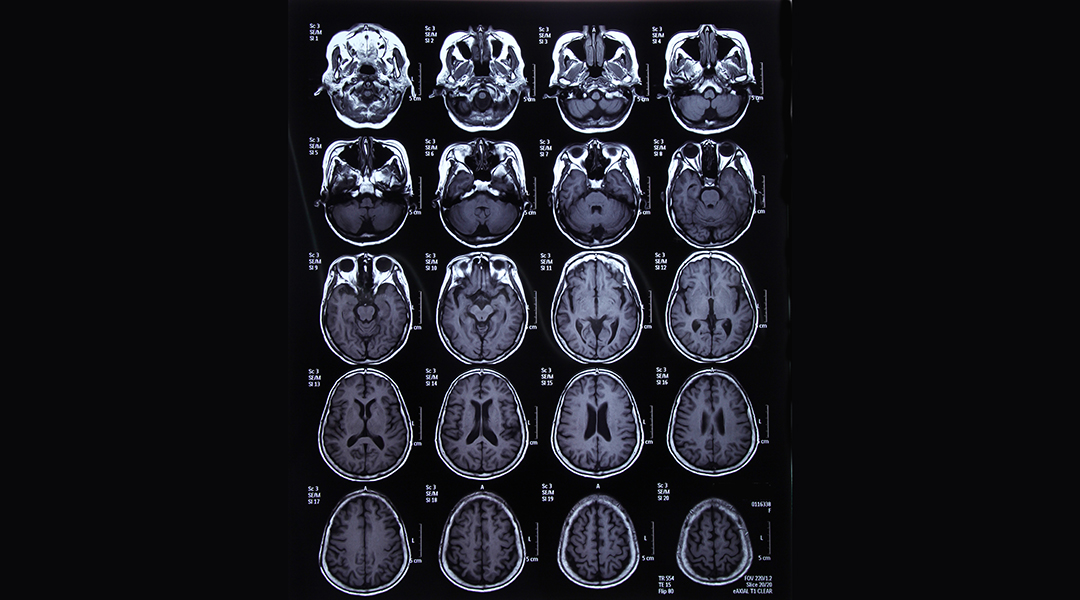
Researchers at Houston Methodist Research Institute discuss how quantitative, non-invasive imaging can aid in developing novel tools for diagnosis and therapy.
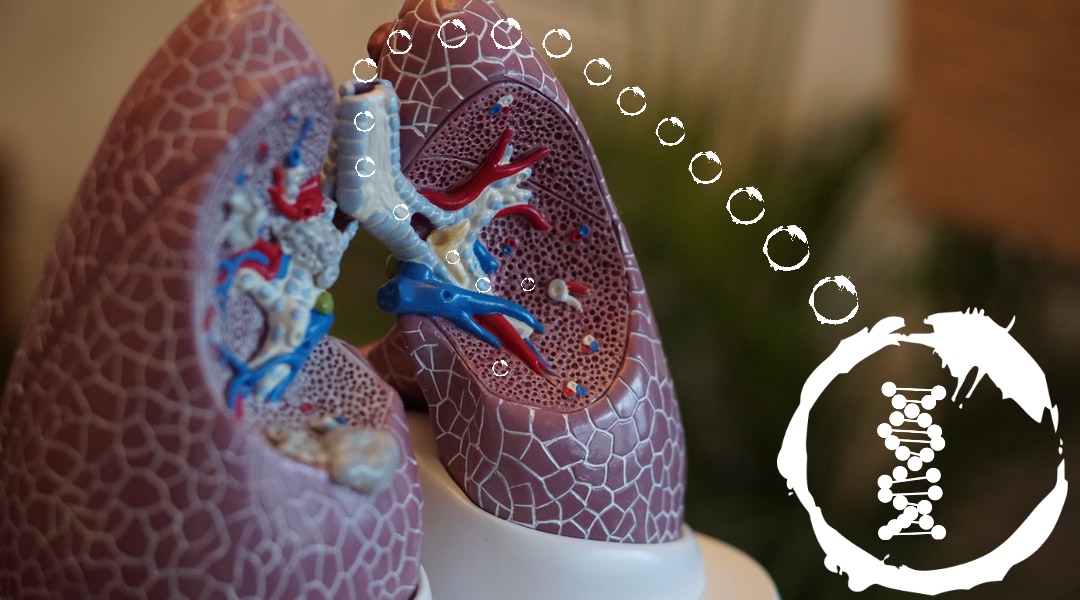
A nanocarrier that can deliver siRNA into the lungs is investigated for the treatment of severe asthma and other lung diseases.
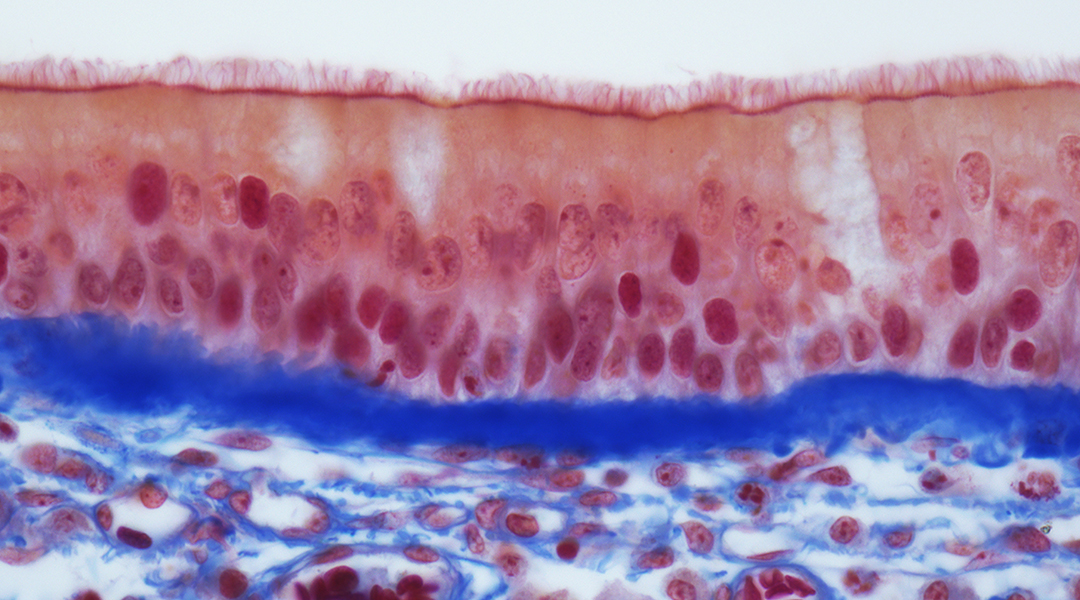
A collaborative team of German scientists identify which lung cells are susceptible to SARS-CoV-2 and why infection severity varies in different demographics.
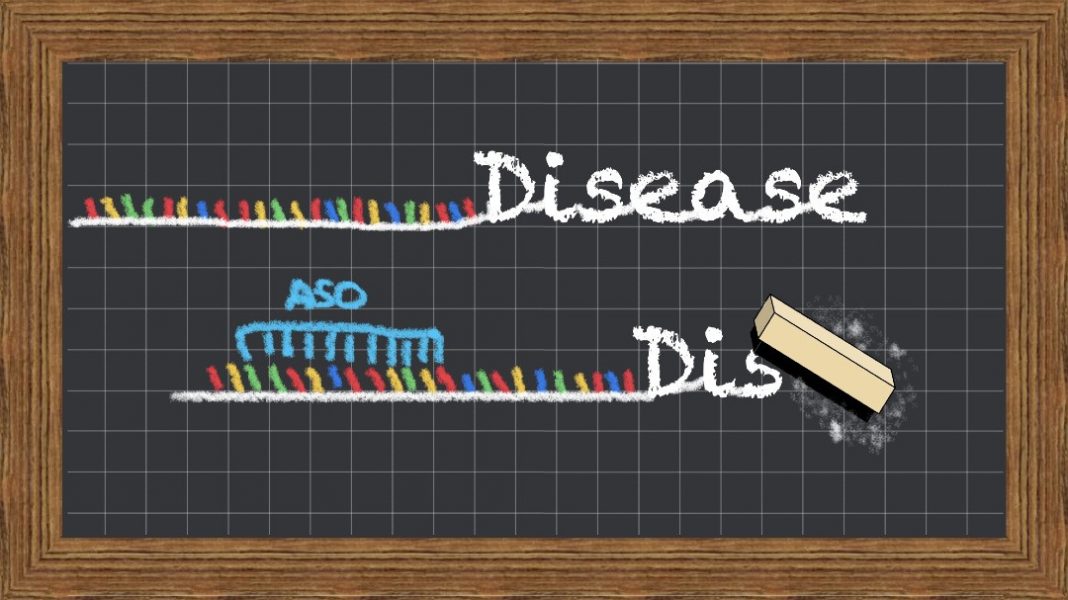
A blackboard of therapeutic innovation: Researchers seek to understand how antisense oligonucleotides can “erase” disorders.

Computer modeling decodes the chemistry carried out by complex DNA repair enzymes to remove DNA damage caused by environmental exposure.
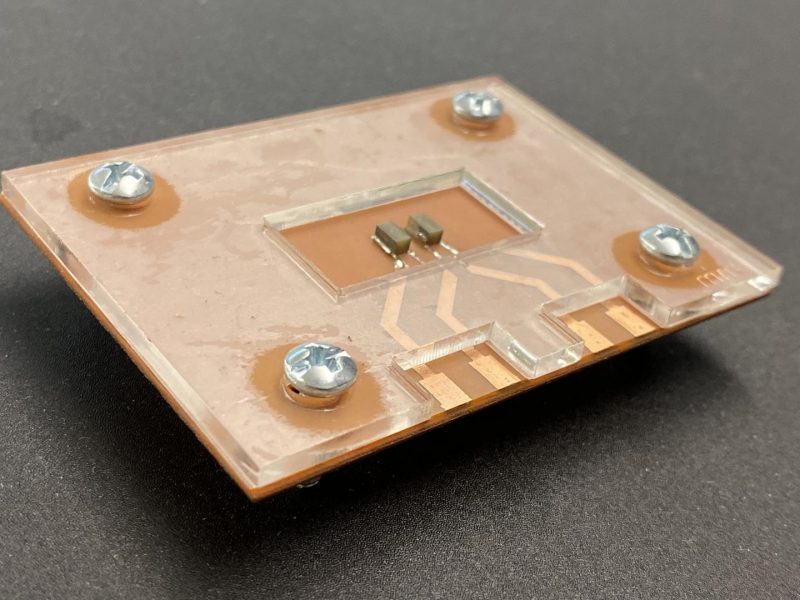
A device uses sound waves to detect the stiffness of an extracellular matrix, a structural network that contains cells, which researchers find can indicate the spread of disease.

Exploring advances in extracellular vesicles research made in the last ten-years and how its leading to better clinical applications.
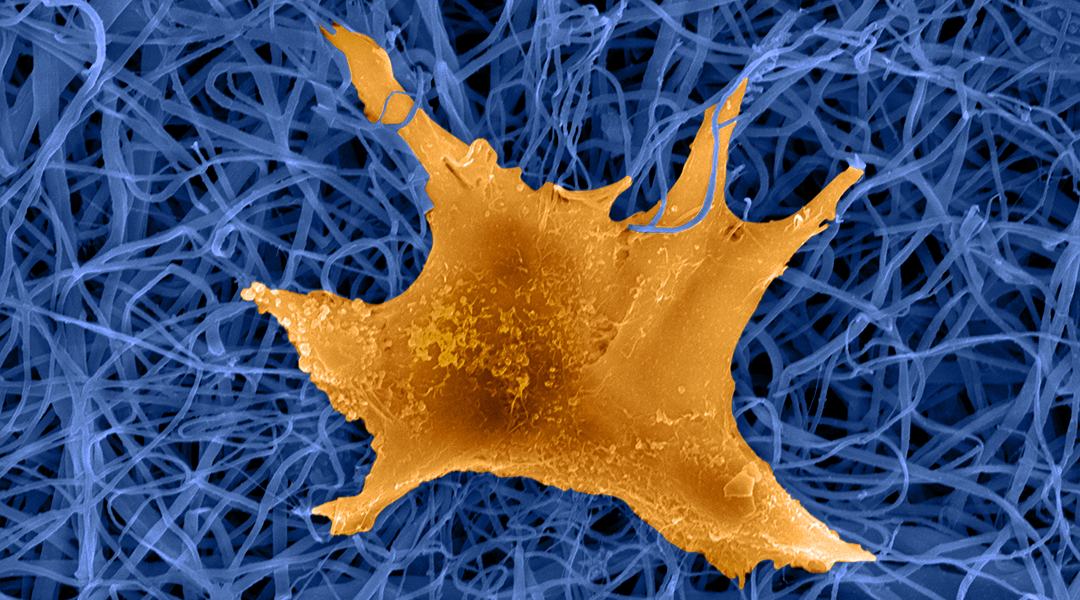
Electrospinning is an emerging fabrication technology that holds great promise in advancing skin tissue engineering and in developing an array of novel therapies.
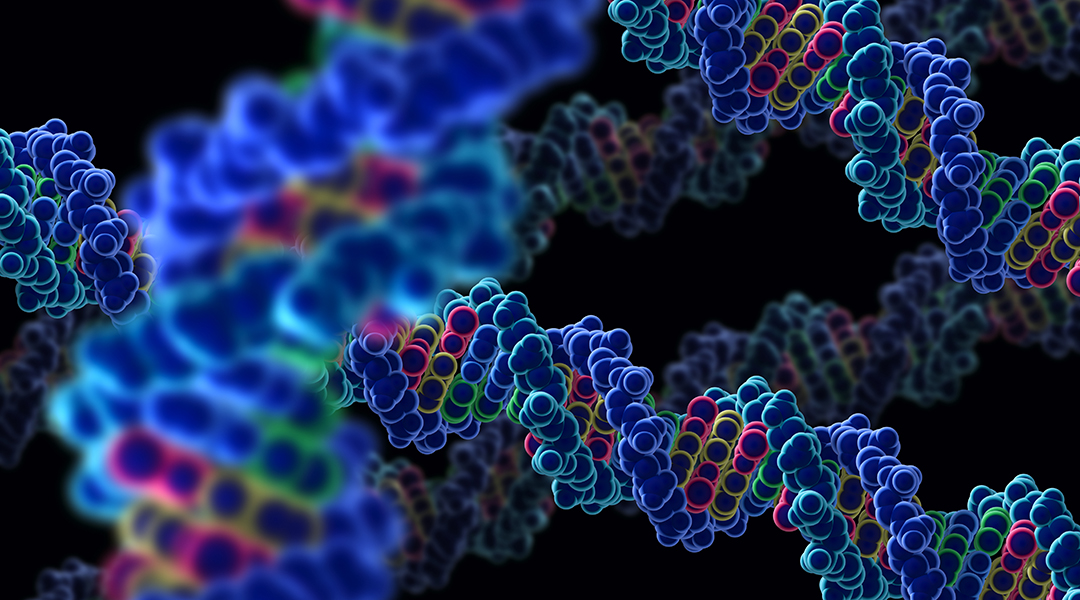
Every gene found in our DNA exerts its action via the activity of its encoded protein product. However, the synthesis of the protein cannot take place directly from the gene. An intermediate messenger RNA (mRNA) molecule is first produced from the gene via a process...